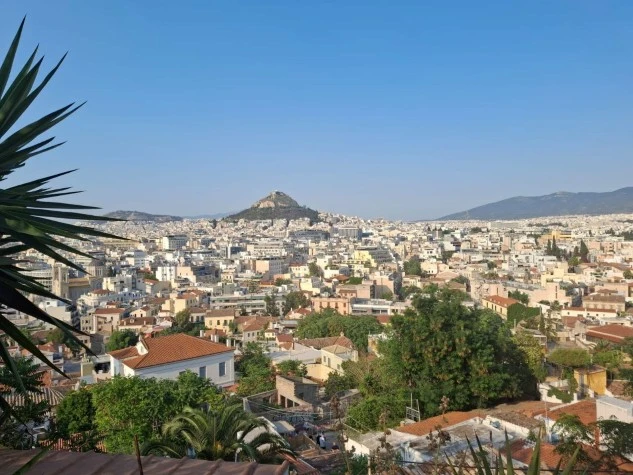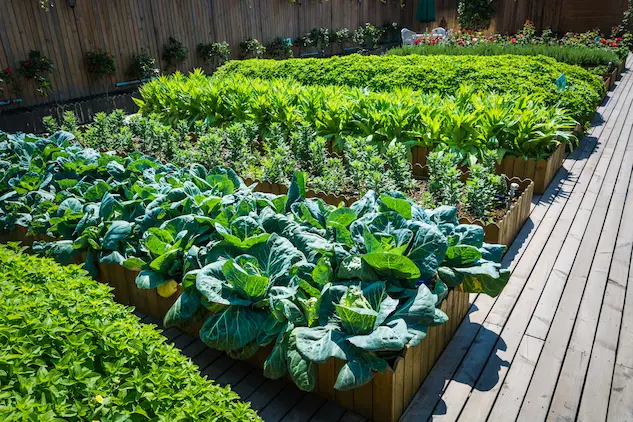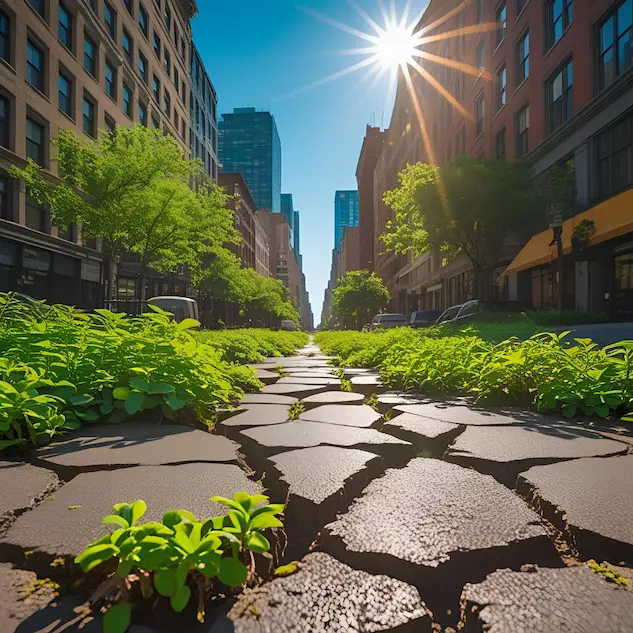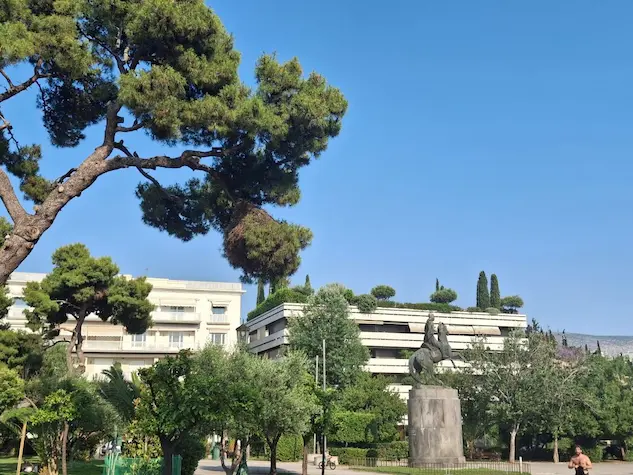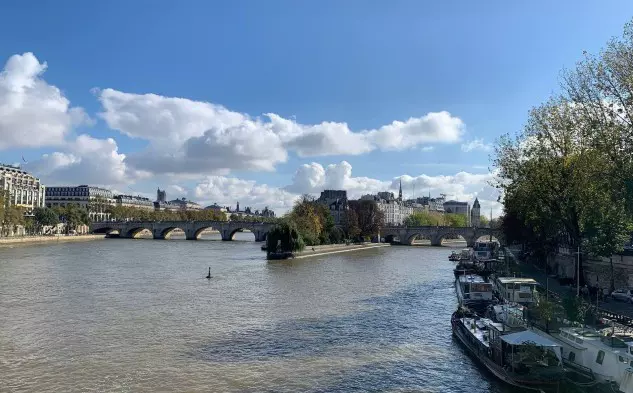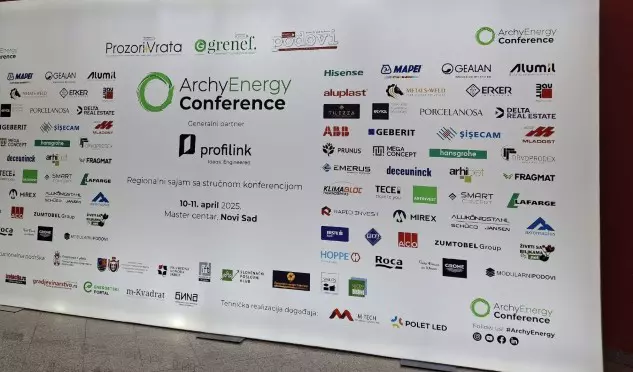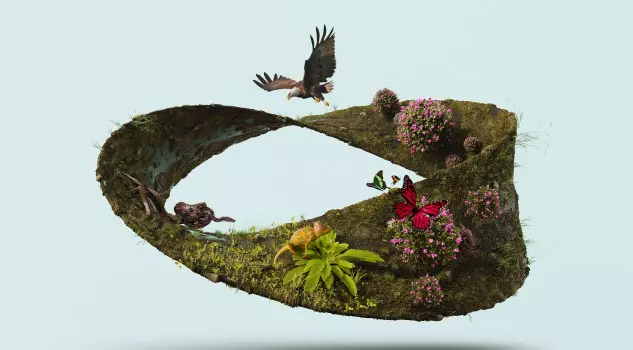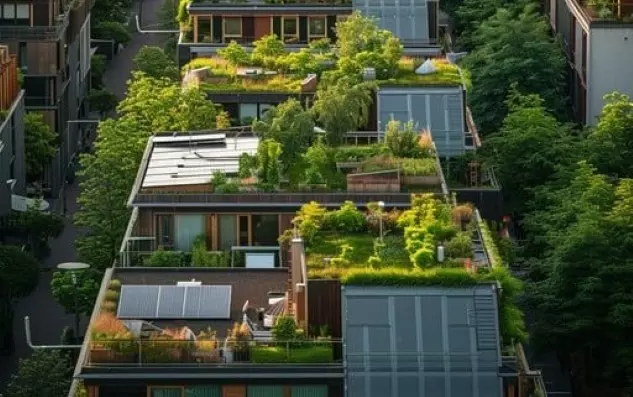Trees-as-Infrastructure: How Urban Nature Builds Cool, Green and Resilient Cities
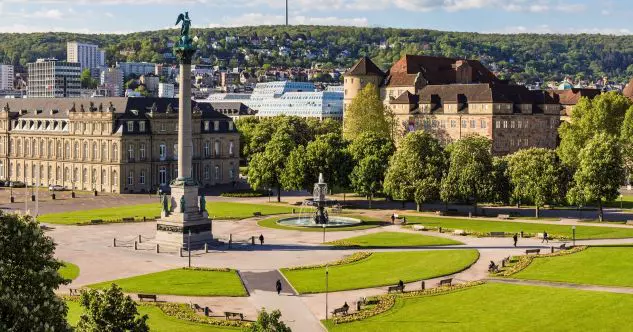
Trees-as-Infrastructure is redefining how cities integrate nature into urban planning. By treating trees as critical infrastructure, this approach enhances climate resilience, reduces heat and flooding risks, and improves community well-being. The methodology, tested in Stuttgart, offers a scalable model for greener, healthier, and more sustainable cities worldwide.
Read MoreTrees-as-Infrastructure: How Urban Nature Builds Cool, Green and Resilient Cities